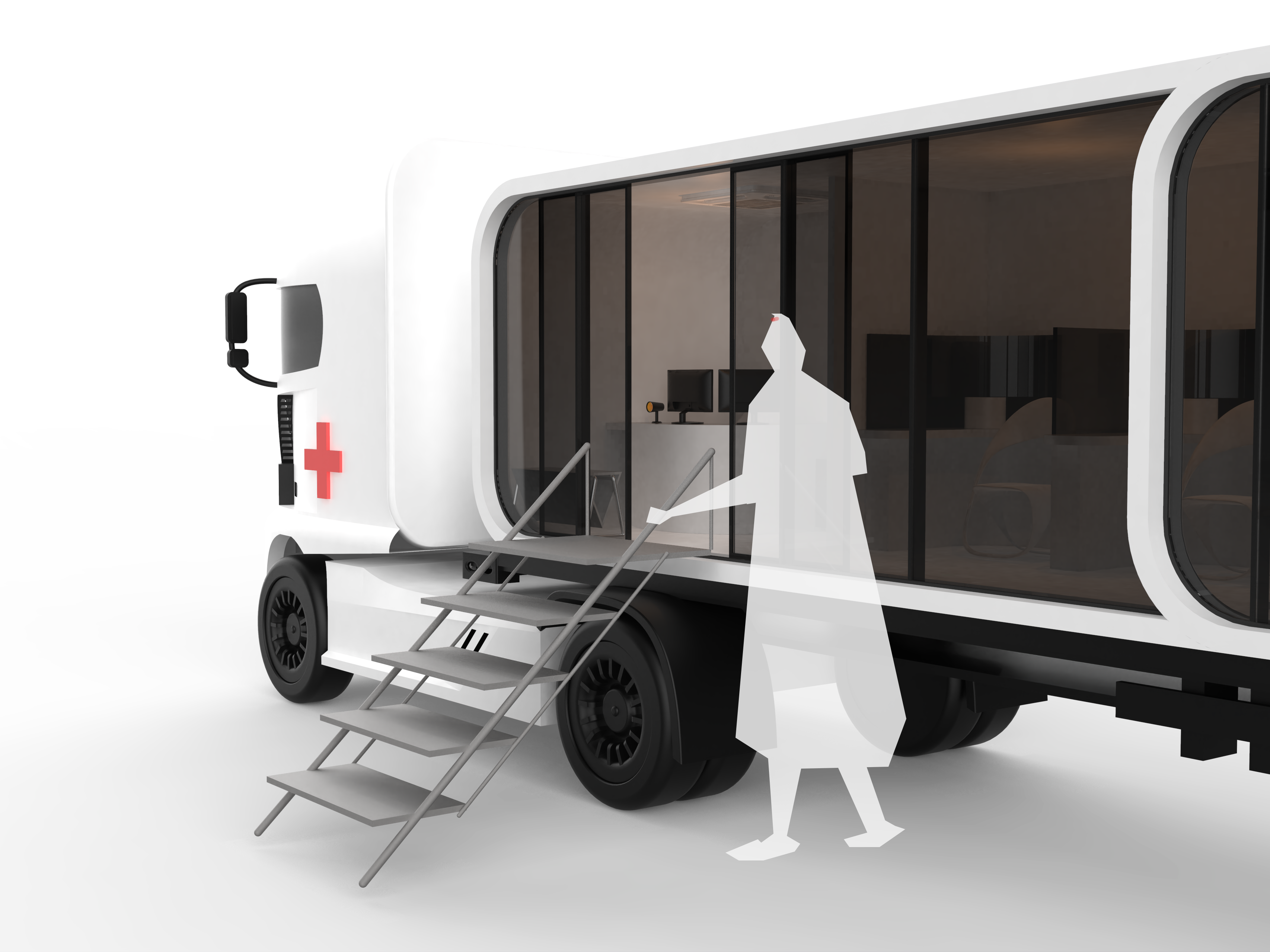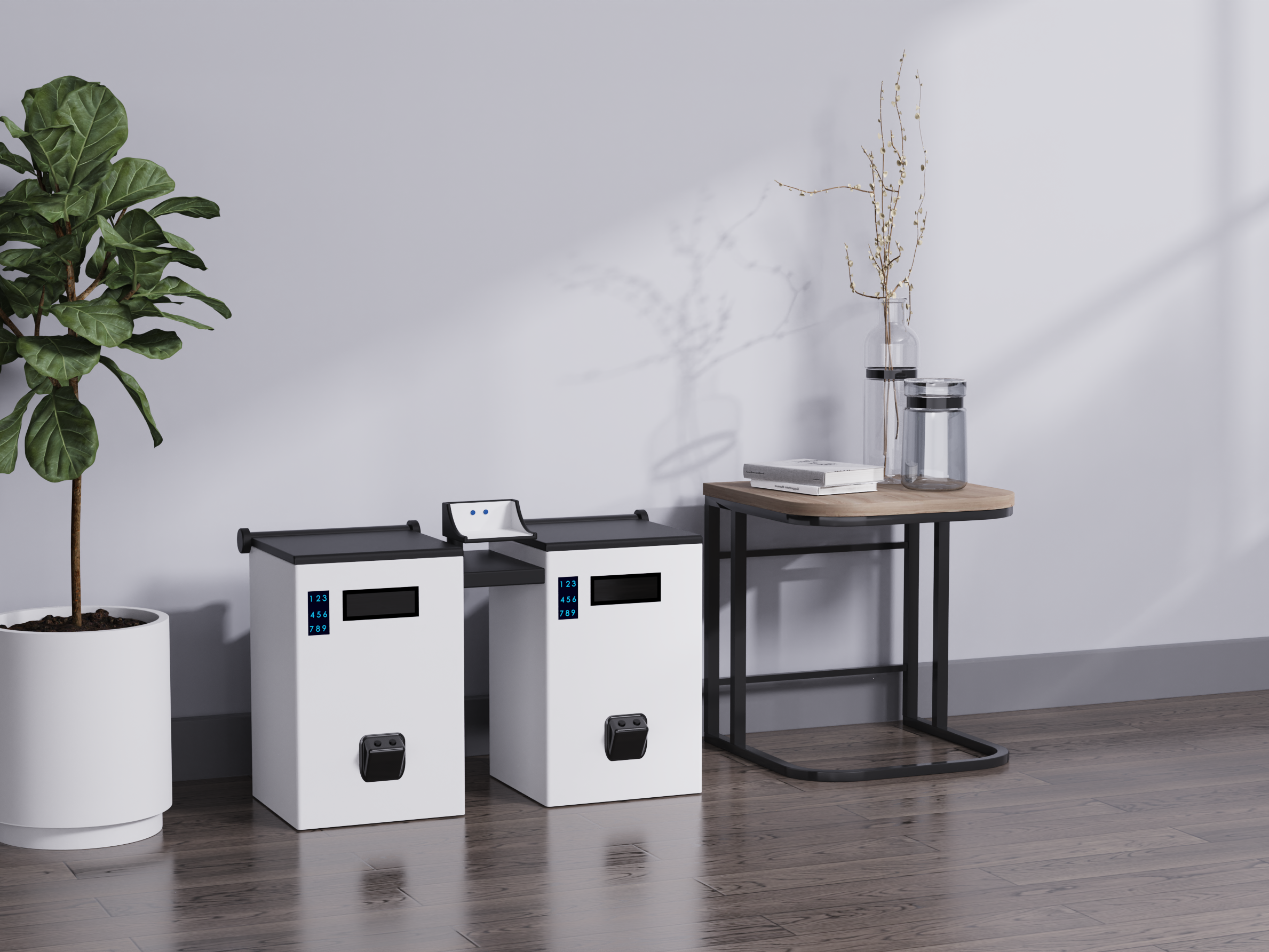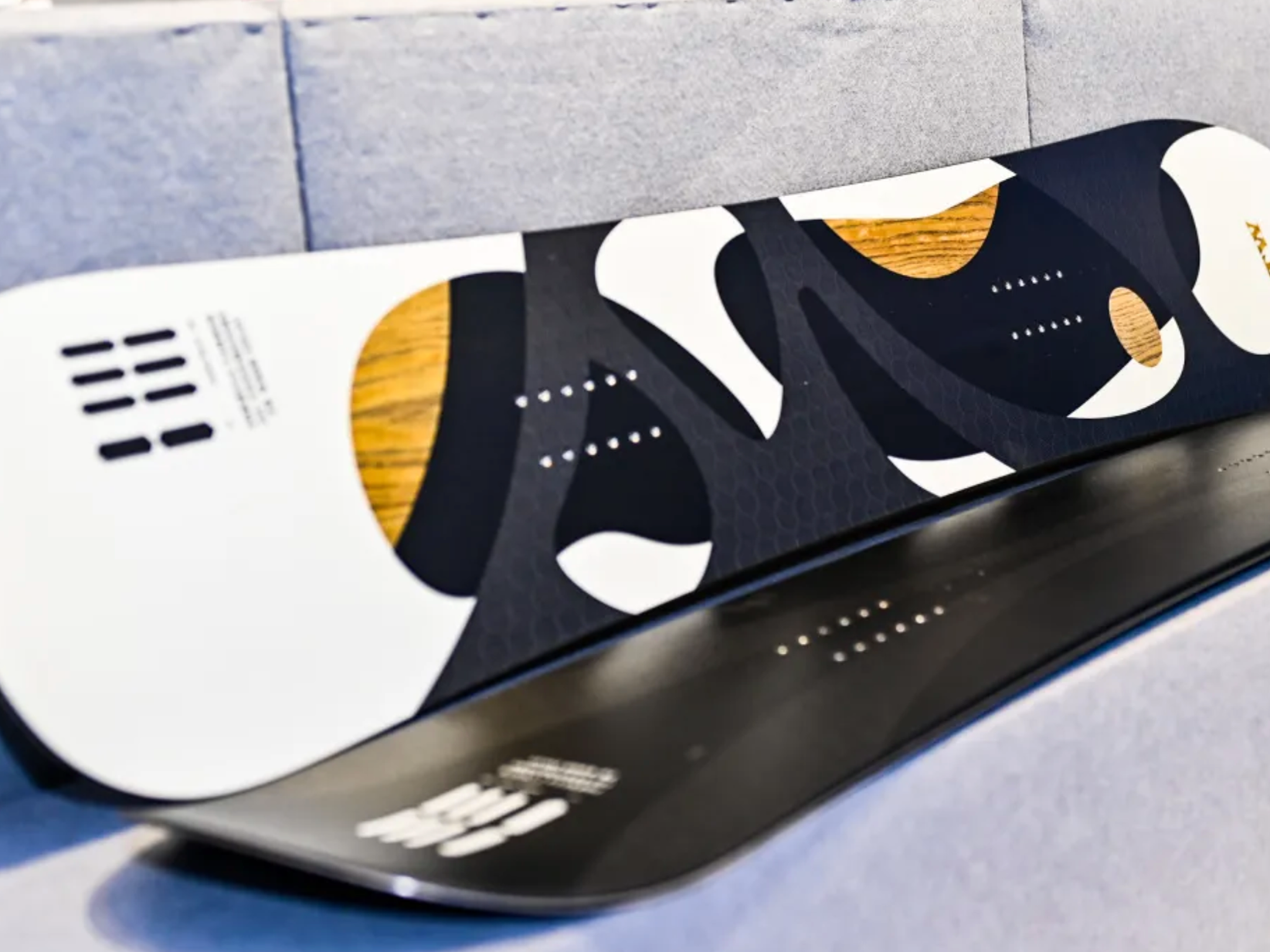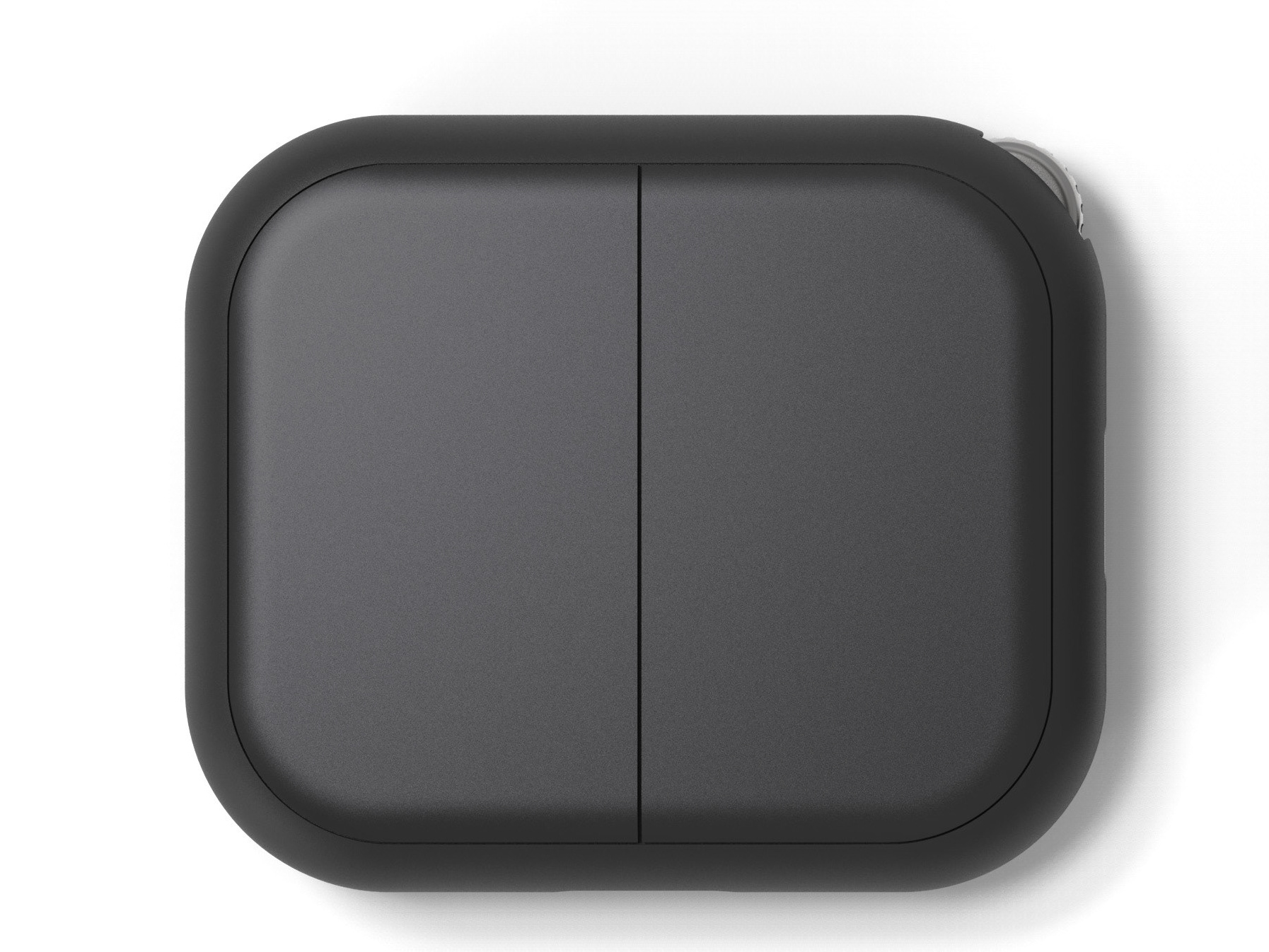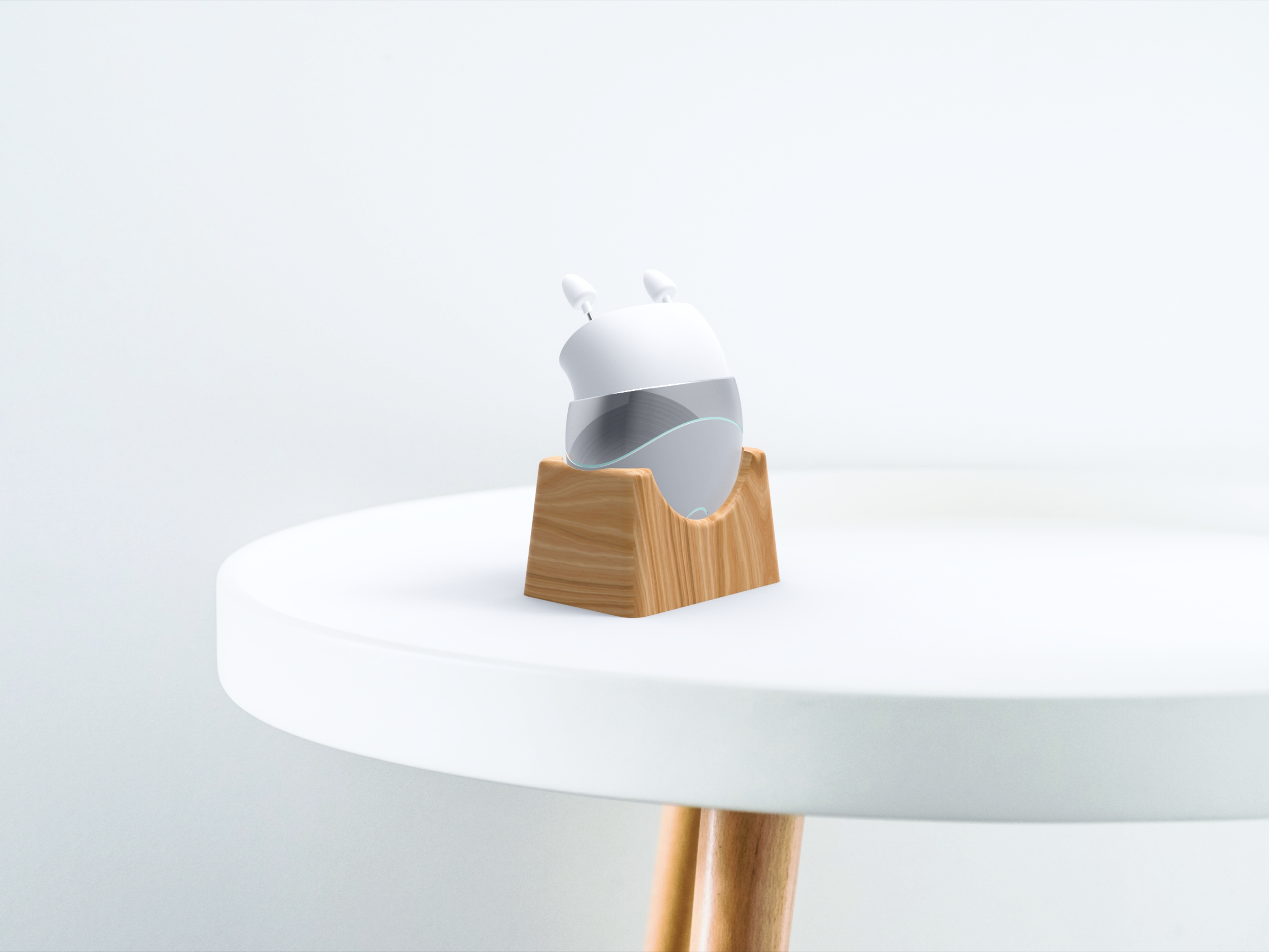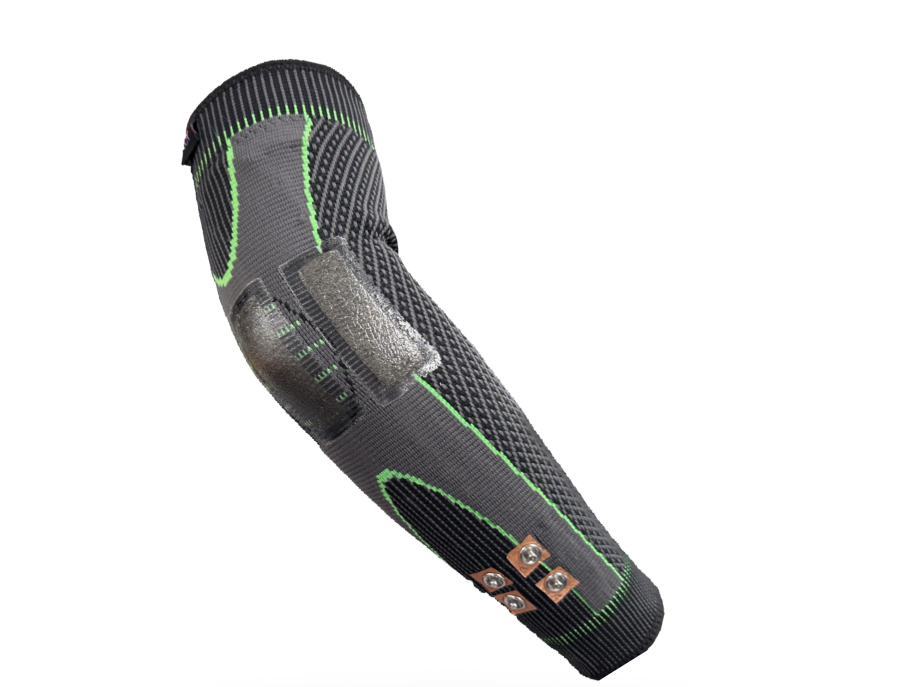Cycling is the most popular mode of active mobility, which has many environmental and health benefits [1]. The number of cyclists is steadily increasing, and the COVID-19 pandemic has led to a large increase in the number of cyclists, which is likely to be permanent. The UK’s Secretary of State for Transport has reported “We’ve seen around a 100% increase in weekday cycling. At weekends, that increase has been up to around 200% compared to pre-COVID-19 levels. We want to use this recovery to permanently change the way we travel with huge levels of investment.”.
Design Objective
Using the Finite Element Method to design, model and simulate a tandem bicycle frame for adults, implementing an iterative design process. The design fulfill the following criteria:
• The frame should be lightweight
• Its natural frequencies should be larger than 30Hz to avoid passenger discomfort.
• Its effective life should be at least 10 years (roughly equivalent to 1 million loading cycles).
Two material - Aluminium Alloy (7075-T6) and Titanium Alloy are used to conduct natural frequency and fatigue life test during the process.
Model Showcase
